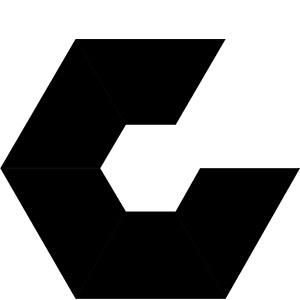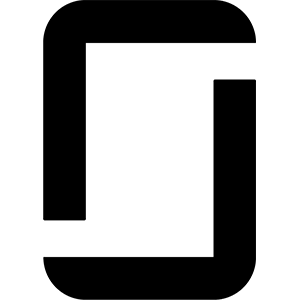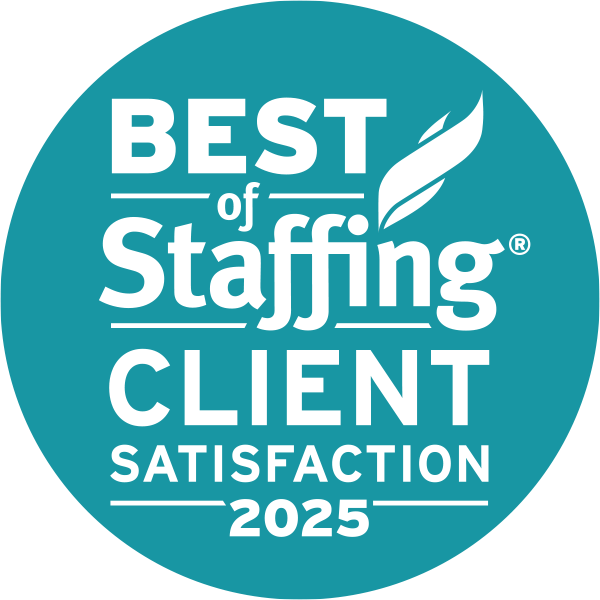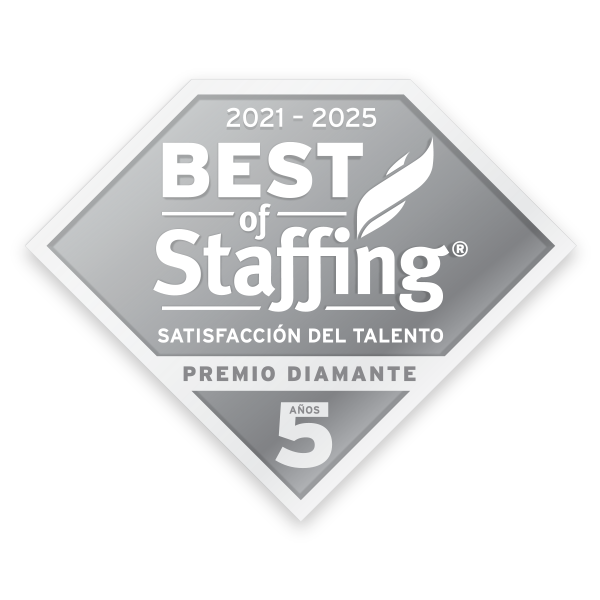
Strategic demand management represents one of the most common and significant challenges for leaders of in-house design organizations, including User Experience (UX), Product Design, and Creative teams. According to a poll conducted on LinkedIn, 37% of respondents claimed inefficient processes was their in-house team’s greatest challenge in strategic demand management. While the term sounds process-oriented, demand management is equal parts strategic alignment and operations.
The practice involves working with business stakeholders to understand goals, prioritizing work requirements, and setting the design team up to deliver on time. When leaders manage demand effectively, they nurture a healthy design culture, elevate work quality, enhance efficiency, and amplify the strategic value the design team contributes to the company.
Large corporations are inherently unpredictable, with continuously shifting strategies, internal organizational structures, and external competition. This leads to a never-ending variance in the volume, velocity, and variety of work that design teams must address in order to propel the business forward.
Leaders should proactively focus on managing this demand, and directing their teams to focus on what matters most to the company. Some are near/mid-term fixes, while others represent investments into the long-term structure of the organization. In this article, we break these strategic demand management methods down into four primary categories.
1. Strategic Positioning
Design leaders must be deliberate to ensure that their teams’ work is high-impact and strategically aligned with the company’s objectives. Alignment benefits designers, executives, and stakeholders alike because when the work aligns, everyone wins. To position the design organization for success, leaders must:
• Cultivate stakeholder relationships: Establish a routine around meeting and communicating with key internal partners. Understand their business goals and unique challenges. Speak in their language. Educate them on what the design team is doing for them and other colleagues in the company. Don’t allow these relationships to take a back seat to the day-to-day design responsibilities. Strategic, high-valued partnerships are built on strong relationships.
• Orient around company OKRs: Establish a consistent framework to capture, articulate, prioritize, and track progress against how the design organization contributes to the company’s objectives and key results (OKRs). Gain alignment from all critical partners, including executives, business stakeholders, engineering collaborators, and others around how to prioritize work to support the OKRs.
• Challenge with ideas and insights: Consistently reserve a small amount of time to show stakeholders how they can gain a design-driven advantage in the marketplace in ways that go beyond the work being asked of the design team. Help your colleagues think about solving business problems in ways they would not think of on their own. This value-added approach builds trust and creates opportunities for upstream, strategic conversations with stakeholders.
2. Financial Management
When great products, experiences, and business results are the priority, it can be easy to overlook the financial nuances that support a healthy balance for in-house design organizations. If finance doesn’t come as a core competency for the design leader, they can leverage an operational or financial expert who can dedicate a portion of their time to the team. Financial management is a critical pillar of sustained, strategic demand management. To position the design team for success, leaders must:
• Clarify costs by work category: There can be significant differences in the time and types of resources it takes to deliver projects, based on project type. Work that entails tactical production or the maintenance/optimization of existing products can generally be completed in less time and through lower-cost talent than work that ties to ground-up innovation and new product development. Consider establishing a framework that breaks out your budgets by work category to inform ongoing resourcing and budgeting conversations with stakeholders, executives, and corporate finance.
• Allocate budgets by business area: A stakeholder without a planned budget is like a client without a commitment to partnership. Separate your key stakeholder groups and establish design budgets with each. In some companies, this approach informs a formal allocation of internal funding, paid by the stakeholder group, and contributed towards the design organization’s operating budget. Use your budget to guide upstream strategic discussions with stakeholder groups around prioritization and timing. Give them the responsibility in managing their priorities within the budget.
• Report on effort and spend: While task-level time-tracking isn’t always the answer, do establish a framework for tracking and understanding the level of effort that the design team commits to projects, programs, and business areas. Use this data in monthly or quarterly stakeholder meetings to review usage and spend. Balance budgets and reset priorities around resource allocation on a monthly or quarterly basis.
3. Process Discipline
Various processes can help design teams to be better prepared and equipped to address a busy workload. Specific processes to establish or optimize include:
• Streamline planning and prioritization: In-house design organizations often find themselves on the receiving end of a long list of unexpected and overlapping high-priority requests. The sum of these requests can often exceed the design team’s capacity to support the work. Design leaders should establish a consistent framework for planning and prioritizing the work with stakeholders, ahead of time. Keep this framework as simple as possible, and be consistent in using it.
• Optimize intake and estimation: A thorough and consistent intake process ensures that design teams are properly resourced and producing in alignment with the expectations of the project from the beginning. This helps to avoid misunderstandings, prevent unnecessary re-work downstream, and preserve resources. Capture detailed input for high-complexity, strategic projects, and keep intake for tactical requests as simple as possible.
• Focus on resource management: Securing the right people with the right skills at the right time all the time may be the most challenging of all demand management disciplines. Today, there are tools available that can make this process easier. A range of pointed solutions and mainstream project management systems like Jira and Workfront are available for resource planning and load balancing. Larger design teams should designate someone to monitor and manage fulfillment of their teams’ resourcing needs.
4. Organizational Structure
Structural considerations around demand management represent an investment in the long term. Here are a few suggestions when evaluating organizational options for design teams:
• Separate steady and variable work streams: If your design team is responsible for work that requires consistent resourcing over time, you should operate differently than more reactive teams who must account for a high degree of variance. If the scale of your organization makes it feasible, consider establishing separate teams to address each scenario while allowing for crossover support as needs arise. This approach will make it easier to manage demand on both sides.
• Centralize design operations and systems: Design teams should invest in building operations and design systems teams who can scale their contributions across the organization, regardless of the design group’s organizational structure (centralized, CoE, federated teams, hybrid models, etc.). From a central view, design ops and design systems experts can consistently ensure good practices, capture contributions from various designers, and drive continuous improvement over time. These professionals help maximize the organization’s efficiency and resource utilization.
• Leverage a flexible workforce partner: Third-party partners help design teams to access additional capacity and capabilities, while staying right-sized against real-time work volume. Partners come in many forms, including design agencies, staffing firms, managed services providers, and total outsourcing partners. Consider the gaps in your team and evaluate these service models for fit. Choose a specialized partner who understands the design field, and has ample access to top talent when called upon.
Access experts, executives, and excellence.
Onward Search helps companies connect with remarkable talent, build scalable teams, and power strategic initiatives. Partner with us to propel authentic creativity, strategic demand management, and digital innovation forward.
Speak to a Design expert.
Connect with the expertise you need to spearhead strategic demand management.







